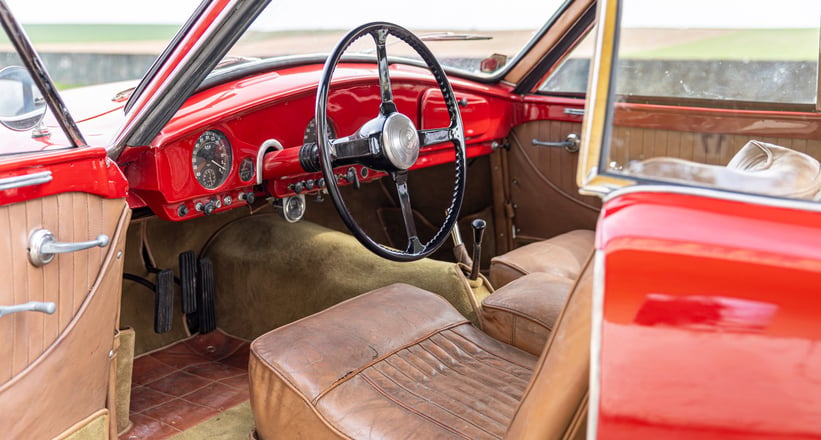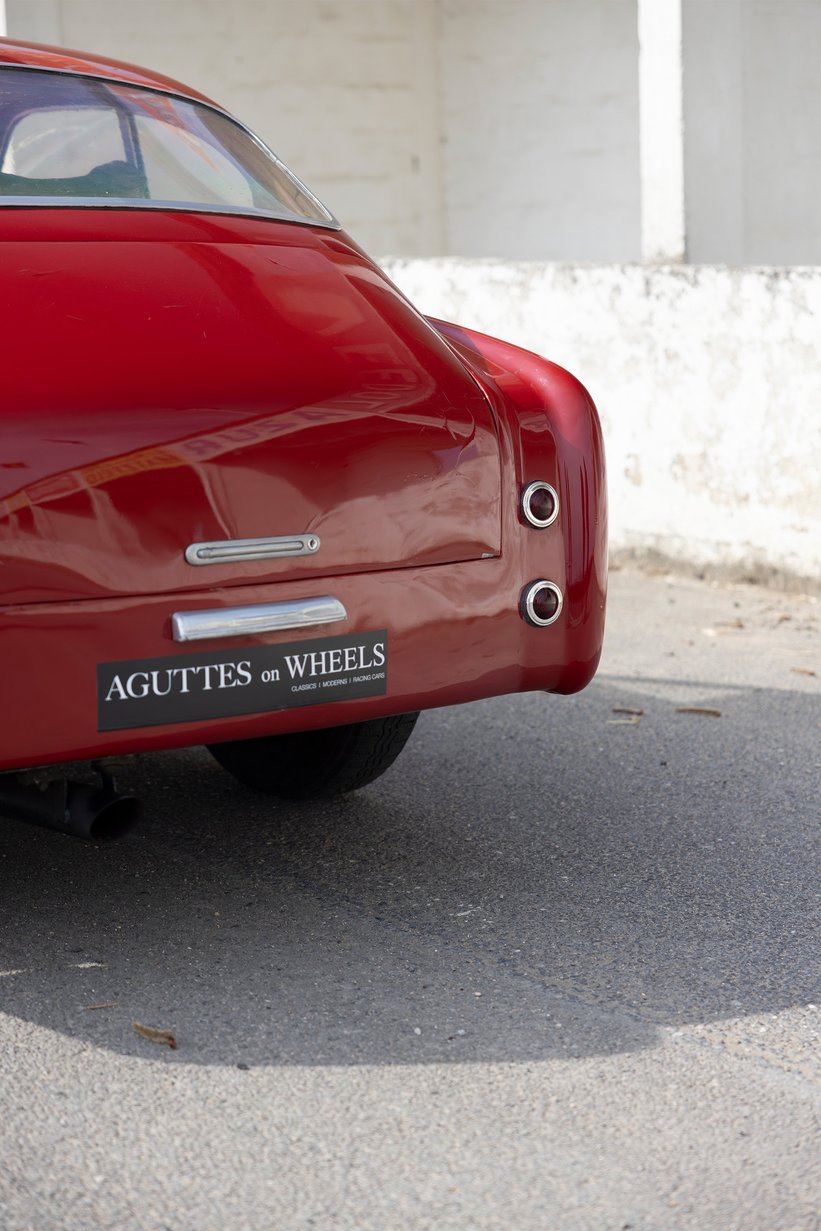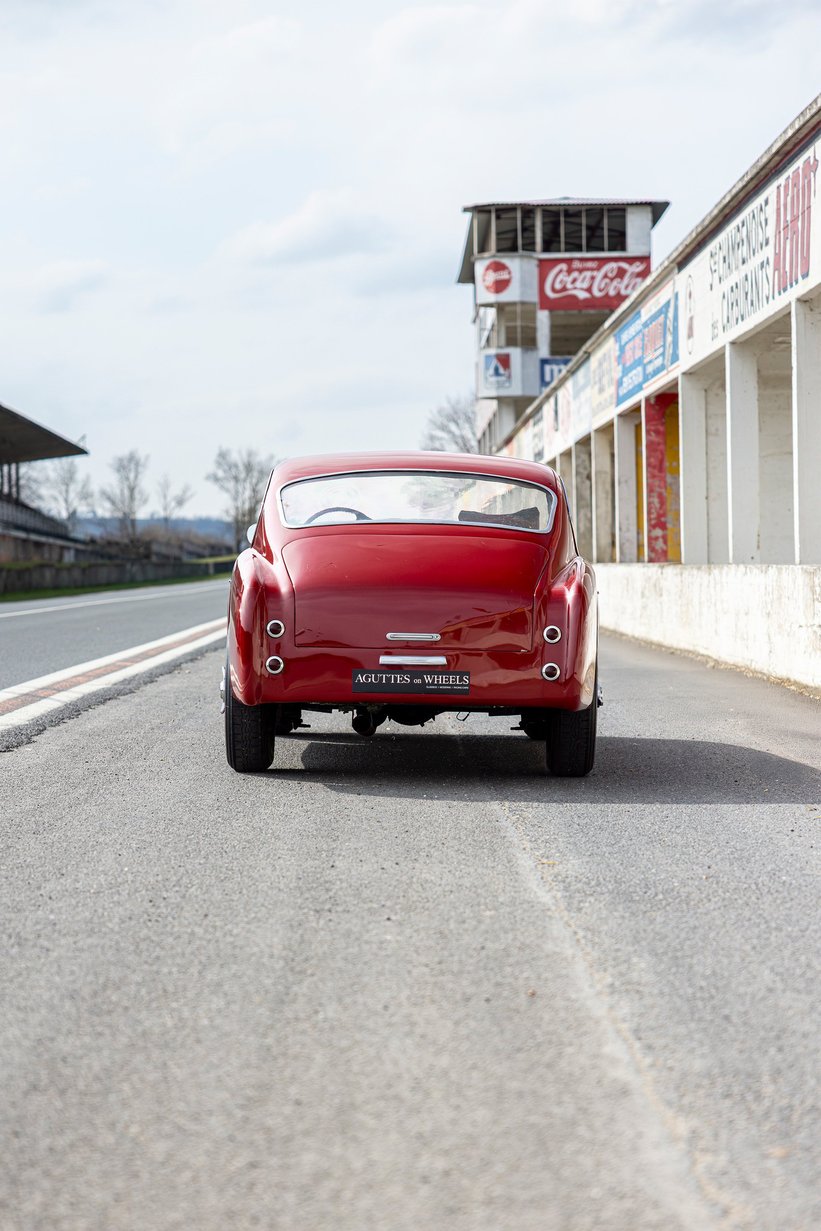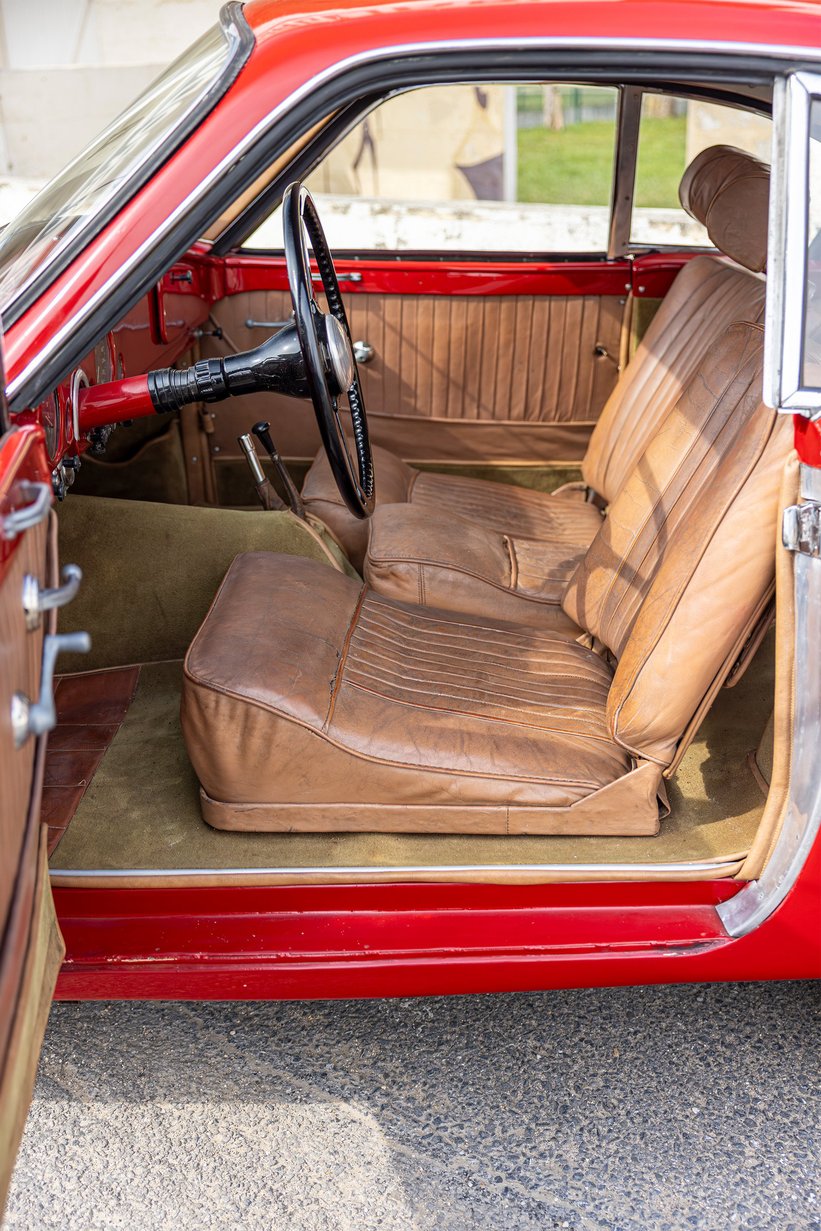


In 1951, Europe’s sports car arena was finally beginning to enter its stride following World War II, and on the 29th of August of that year, the Promenade des Anglais was transformed for the first post-war edition of the legendary Tour de France Automobile. It was to be a race that would make the Mille Miglia look like a causal 5 kilometre jog, covering no less than 5,239 km over the course of 6 different stages. Undeterred by the daunting marathon ahead of them, nearly 100 competitors lined up at the starting line, including everything from a pre-war Hotchkiss to the latest Italian racers, such as the Ferrari 212. Perhaps in order to encourage these numbers, the event was to be run without restrictions, and while a balancing system was in place to help even the competition, in the end it was the large capacity bruisers from Jaguar and Ferrari that proved to be the most potent.


Among those who had rightly selected one of the very first Jaguar XK 120 Open Two Seat roadsters, chassis #670028, as his chariot of choice was Lyonnais gentleman driver and Jaguar dealer Henri Peignaux, who had acquire his Battleship Grey left-hand-drive Jag from French importer Charles Delecroix. Along with co-driver Roger Montabert, the duo enjoyed a rapid start to the competition, setting the fastest time during the second stage at the Col de Peyresourde hill-climb in the Pyrenees, averaging over 75 km/h and beating out the eventual overall winner, ‘Pagnibon’ with his Ferrari 212.



However, their streak of success would be short-lived, because in the third race, Montabert lost control and the road, resulting in a badly damaged Jaguar and a seriously injured Peignaux. However, Peignaux wasn’t ready to say goodbye to his Jaguar just yet, and during his recovery he entrusted his British sports car to a friend from the Ardèche who specialised in coach building publicity vehicles and sports cars: Jean Barou. It is understood that at this time a new, unstamped chassis was ordered from the Jaguar factory, while Barou began work on a berlinetta body that took inspiration from the latest Italian racing machines, giving this Jaguar an unmistakable flair.
As a fascinating side-note, it’s worth mentioning that Barou produced two more competition cars; another berlinetta with a distinct grille that disappeared after being seen at the 1954 Lyon-Charbonnières, and a barchetta which also entered the Lyon-Charbonnières before being restored by Jaguar specialist Roland Urban in the 1980s.



Following the ‘Barou’ Jaguar’s return to the road, it wouldn’t be long before Peignaux sold it to a man from Dijon named Jean Laroche, who intended to return the car to glory at one of the most gruelling races on the planet: a 3,500 km single stage road race known as the Liège-Rome-Liège. In 1952, this Jaguar was fired up at the starting line with Laroche joined by co-driver Jean Radix under the team number 82. They put on an excellent show, not simply because they were one of just 24 teams to finish out of the 125 starters, but because they managed to cross the line in second place, just behind the winning Porsche 356.


Laroche sold the ‘Barou’ Jaguar at some point following the race in 1952, and records show it changed hands again in 1954 before disappearing off the map. That is, until the current enthusiast owner recognised and purchased the car from a classified ad before repainting it from white to its current red hue. Its current custodian used the ‘Barou’ Jaguar in a number of rallies, eventually encountering Roland Urban, who remarked on the car’s impressive authenticity, fantastic level of preservation, and outstanding performance. Further adding to this big cat’s credentials, ‘The Pope of XKs’ Bernard Viart confirmed chassis #670028’s authenticity, noting a number of special features specific to early XKs, such as the bespoke Borrani wheels and finely-balanced numbers-matching engine.

Finally in the public eye after almost 40 years, the ‘Barou’ Jaguar ticks all the boxes the discerning collector could hope for, boasting a one-off body, competitive running gear from one of motorsport’s most historic names, and fabulous original condition. Eligible to enter all the world’s greatest automotive events, from Pebble Beach to Villa d’Este, the ‘Barou’ Jaguar we won’t be surprised should the ‘Barou’ Jaguar achieve or exceed its estimate of between 350,000 and 450,000 euros at Aguttes’ Tour Auto sale on April 7th.




















